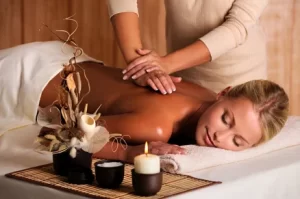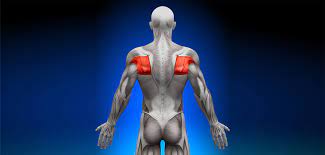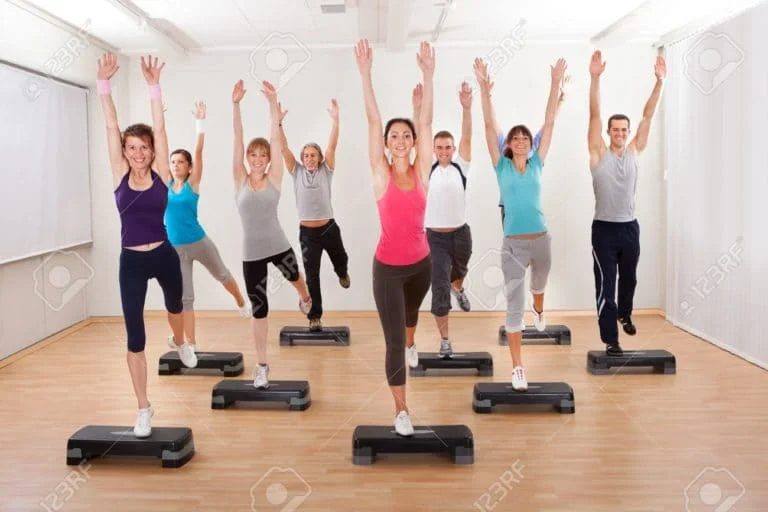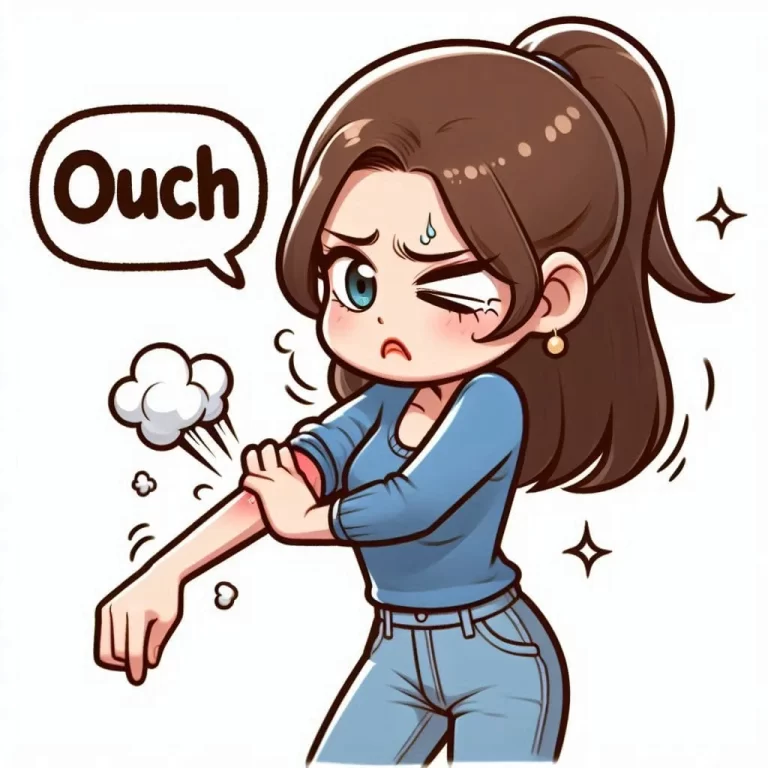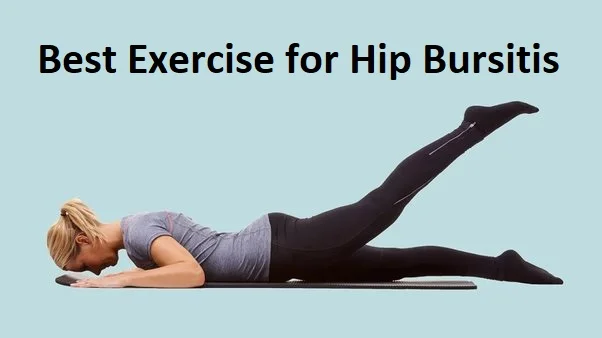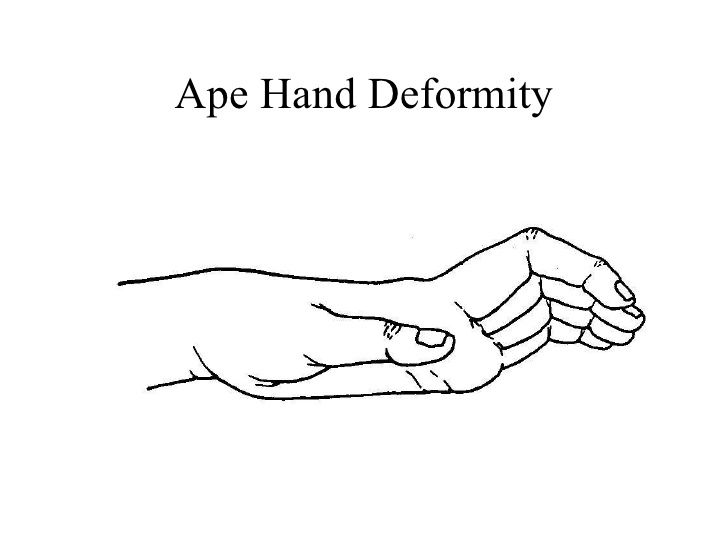Myotherapy
Myotherapy is a state therapy of the muscle that concentrates on the inspection, therapy, and rehabilitation of musculoskeletal pain and discomfort or other associated prerequisites. The terminology was first conducted by Bonnie Prudden to appoint a specific variety of trigger point therapy which she organized in the 1970s established on the earlier work of Travell and Simons who investigated the reason and therapy of pain deriving from myofascial trigger points. While based on rational principles, there is a small scientific study concerning the usefulness of this therapy, so it stays controversial within the medical and academic fields.
Myotherapists use soft tissue manipulation and various other techniques conveyed by physical therapists and osteopaths to unleash muscular tension and lessen the pain.
Over the following 40 years, myotherapy has developed to become an associated health profession that is practiced in numerous nations across the globe involving the UK, Australia, USA, Canada, Malaysia, and Thailand.
Myotherapists also utilize stretching, nutritional advice, exercise prescription, postural guidance and education, heat and cold therapy, therapeutic US, and TENS.
Table of Contents
Definition
All Myotherapists have achieved their Advanced Diploma of Myotherapy. The Advanced Diploma is a 12-month course and is conducted after the successful completion of the Diploma of Remedial Massage.
Generally, to treat existing problems and help in the deterrence of future damages, a Myotherapist has an extra 12 months of training than Restorative massage therapists and can incorporate several methods including massage, precise exercises, cupping, dry needling, Kinesiology taping, acupuncture, and even rehabilitative exercises. Depending upon the patient and the nature of the pain, strength training or highly precise methods may also be used.
Myotherapists must be documented with a nationally recognized organization for example Myotherapy Association Australia or Australian Natural Therapists Association. Myotherapists usually work closely with each other healthcare practitioners to evaluate and treat muscles, joints, and nerves; whereas restorative massage technique works on easing muscular tension using hands-on treatment.
Benefits of Myotherapy
Myotherapy is yet an emerging occupation, so there’s now a limited quantity of study regarding its significance. Regardless, since it’s a specialized layout of restorative massage, it can provide identical or very equivalent usefulness. The Institute of Registered Myotherapists of Australia conducted a writings review in 2013.
According to this review, remedial massage may benefit:
- Relief from chronic low back pain
- Decrease delayed onset muscle soreness
- Lessen stress and anxiety
- Improve the quality of life and positive well-being among patients with terminal sicknesses for example cancer or multiple sclerosis
- Help with pain management of fibromyalgia when integrated with other therapies
Also, proof has occurred over the last 10 years to indicate that treating painful trigger points can assist muscle contractions and optimize muscular activity, according to the Institute of Registered Myotherapists of Australia.
Indication of Myotherapy
Myotherapy is utilized to manage a broad range of conditions that concern your muscles or soft tissue.
Some situations that may benefit from myotherapy treatment possess:
- sprains
- some kinds of joint pain
- back pain
- pain due to inadequate posture
- cervicogenic headaches
- sports damages
- overuse damages
A 2014 review of analyses discovered that massage may aid to lessen pain, anxiety, and depression in individuals with fibromyalgia when paired with conventional medicines. Nonetheless, the authors noted that more large-scale studies are required to completely examine its effects.
Modalities
All modalities are utilized with the precise goal of acquiring a therapeutic result. None of these modalities were utilized by Bonnie Prudden, the originator of Myotherapy. She offered only manual medicine established on trigger points and curative exercise methods. The help of muscle energy techniques, dry needling, joint mobilization, nutritional guidance, combination heat and cold therapy, therapeutic ultrasound, and TENS is not a role of the course of certified Bonnie Prudden myotherapists.
Soft Tissue Therapy is the help of the hands to target precise locations of impairments for a therapeutic result. Techniques may possess therapeutic massage, muscle energy techniques, neuromuscular techniques, positional release techniques, myofascial release techniques, trigger point therapy, lymphatic drainage techniques, and joint mobilization.
Temperature Treatments are the method of either heat (thermal treatment) or cold (cryotherapy). Techniques may have hot packs, cold packs, ice baths, whirlpools, heat lamps, and paraffin wax baths.
Electromechanical Stimulation is the application of electrical currents or soundwaves to deliver a healing or anesthetic(pain-modifying) result. Techniques possess TENS modalities, interferential technique, therapeutic ultrasound, and low-level laser therapy.
Myofascial Dry-Needling (MDN) is the application of fine filiform needles (which are even utilized by but not exclusive to acupuncture) into precise spots in the muscles called trigger points, to deliver a healing and anesthetic(pain-modifying) result.
Myofascial Stretching is the application of a range of stretching approaches, utilized to lengthen the fibers of the muscle, return functionally short muscles to their optimal length, and improve the range of motion of a joint, resulting in the deterrence of further damage. Techniques may possess static stretching, dynamic stretching, and proprioceptive neuromuscular facilitation stretching (PNF).
Rehabilitative Exercise and Correctional Actions are witnessed as major elements of any myotherapy treatment. Advocates assert they enable the client to take accountability for their health, act to permanently change dysfunctional patterns, and avoid damage. Techniques may possess core stability and Swiss Ball, hydrotherapy neuromusculoskeletal rehabilitative programs, biomechanical retraining, nutrition, trauma deterrence, and everyday lifestyle teaching.
FAQ
They engage whole-body, therapeutic massage methods to reduce the deeper layers of muscle and connective tissue. Whereas Myotherapy may determine the underlying reason for the damage and deliver more detailed attention to the problematic site using a much wider spectrum of techniques.
Most people might feel that in comparison to these two, myotherapy has to be hurting and deep work. I just overheard someone tell a friend “oh, you do not want myotherapy, it’s like a deep remedial massage, it hurts like hell!” Regardless, myotherapy might be soft and gentle– it does not have to be painful to be useful!
Myotherapy is developed to target all the painful regions of the muscles and skeleton and deliver relief. A standard myotherapy session entails the use of a combination of methods, for example, trigger point therapy, massage, etc., to improve your muscles and the skeletal system.
Myotherapy concentrates on muscle health, although it does possess some supporting work for the joints. On the different hand, chiropractic has a decisive focus on the spine and its impact on the entire nervous system, as well as treating other joints throughout the body
A physical therapist can provide you with a diagnosis of what your problem is – on the other hand Myotherapists and massage therapists are incapable to do so. Myotherapists can deliver you a general, maintenance massage and they can also help you with precise muscular tightness and pain.

